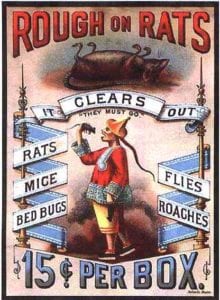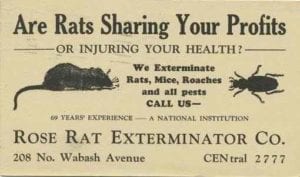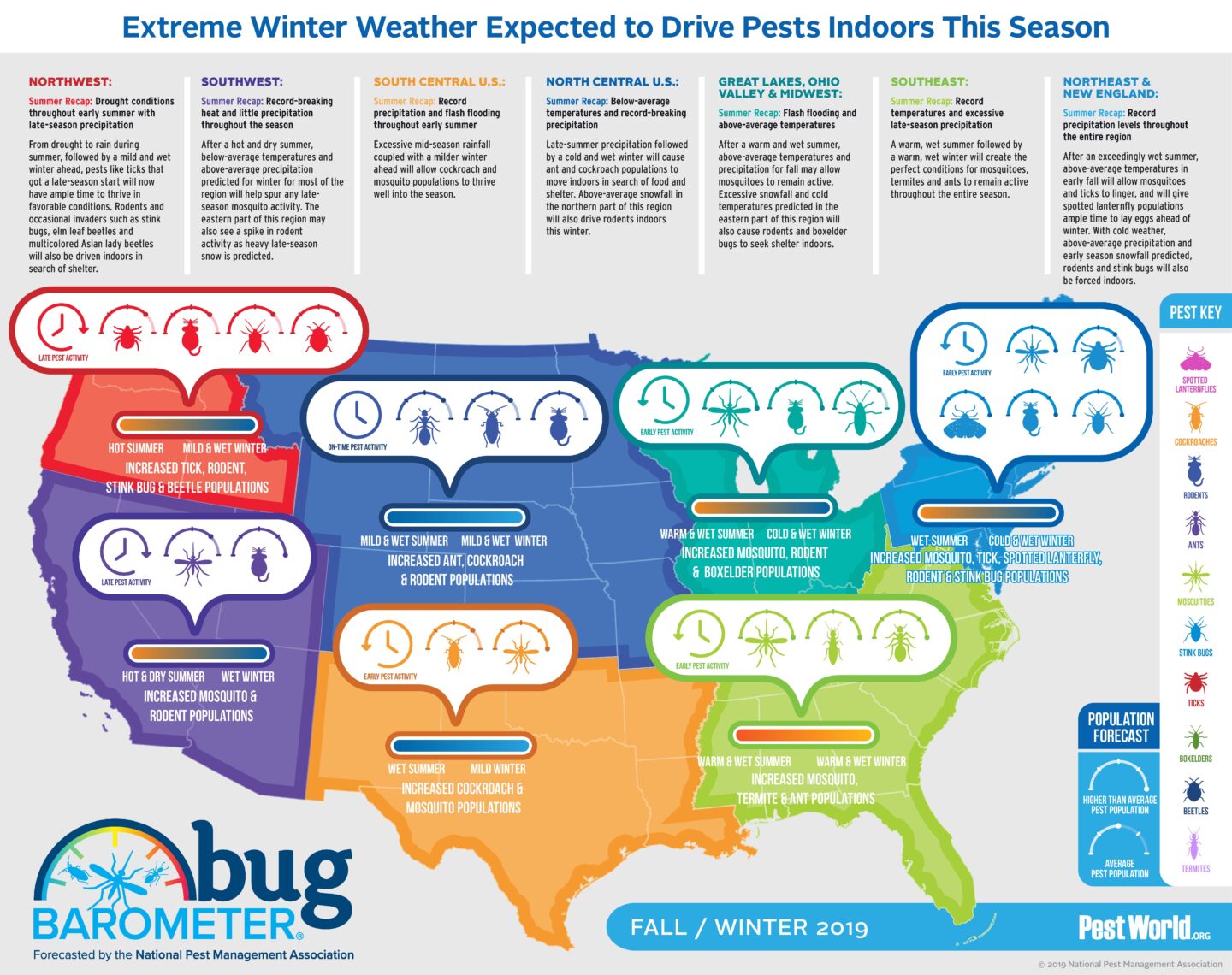This time of year, mice and rats begin to look for warm and dry places that can offer them food and protection from the elements outdoors. With their ability to spread 200 different pathogens and 35 diseases to humans, mice are a threat far beyond the structural damage they cause. Did you know that fighting rat pestilence is how Rose Pest Solutions got started back in 1860? Read on for information on how Solomon Rose became a rat slaying hero during the Civil War and what Rose can do to help you stay protected against rodents or get rid of rats for good.
How Rose Pest Solutions Came to Be
Solomon Rose, a chemist that created an early form of arsenic, set out to find a solution to the rats that were becoming a huge problem during the civil war. Learning from the deaths of millions claimed by the Bubonic plague, it was clear that rats could be a catalyst of disease. During this war time, soldiers were facing illness and death before they even made it to the battlefield. Something needed to be done and Solomon Rose created the solution. The Union Army contracted Rose to protect their soldiers from being bitten by these rodents while in their tent camps and get rid of rats. His methods were wildly successful. Thus, Rose Pest Solutions, Americas longest-running pest control company was born.


(Left to Right: Solomon Rose, vintage ad for Rose’s product, Daniel Rose, son of Solomon)
Let Us Help You
If you’re starting to notice signs of mice or rats, we can help! Our Healthy Home Maintenance Program (HHMP) covers mice, rats and 14 other common household pests. This program includes four scheduled visits, once every three months, to insure you have the peace of mind and safety that comes from a pest free home. If any issues pop up in between scheduled visits, we will address the issue at absolutely no cost to you. The good news is all the pests projected to be an issue this fall and winter are covered under this plan. Here’s what is projected in terms of pest populations over the next few months.
For more great tips on what to expect this Fall and Winter, check out our latest issue of the Pest Gazette!




